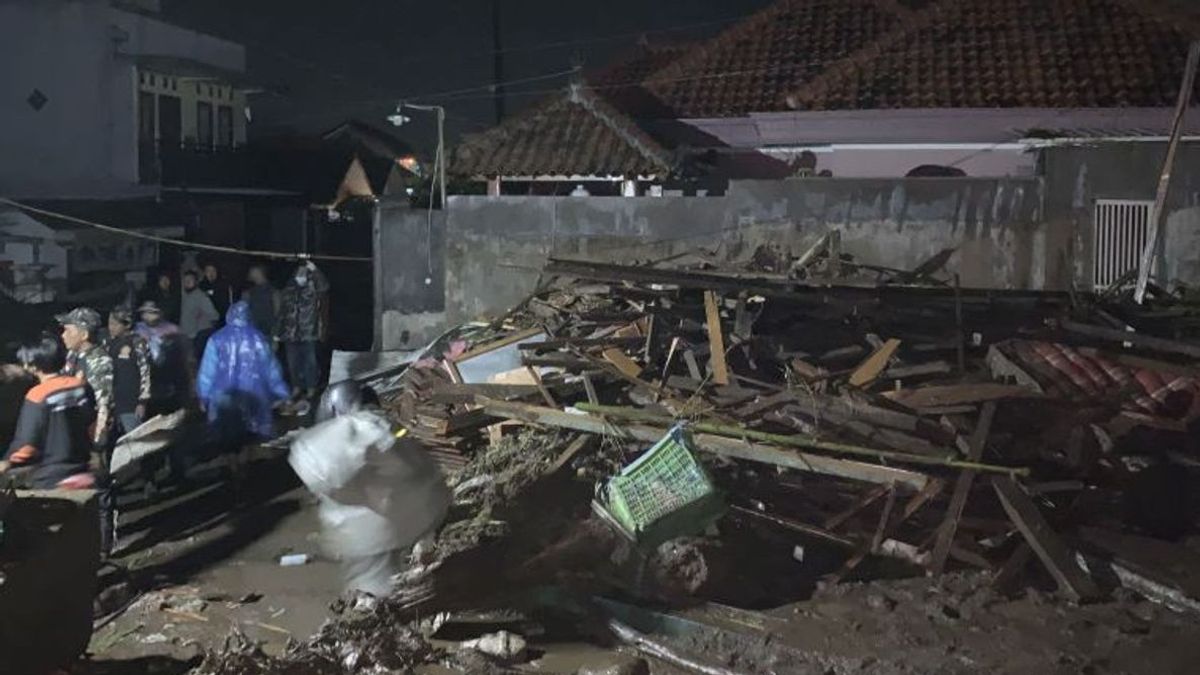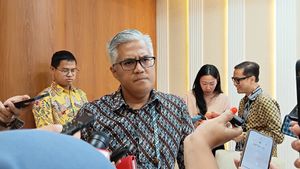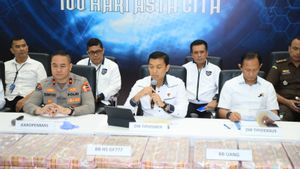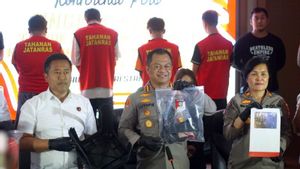JAKARTA - Deputy for System and Strategy of the National Disaster Management Agency (BNPB) Raditya Jati representing the Head of BNPB Suharyanto, said that the Netherlands, which succeeded in minimizing the impact of the flash flood tragedy in Western Europe, could be a lesson for Indonesia.
It is known that in July 2021, the Netherlands minimized the impact of flash floods without causing any casualties, when a flash flood tragedy struck Western European countries.
"The success of the Netherlands in minimizing the impact of the flood tragedy in Western Europe, (such as) Germany, Belgium, the Netherlands, without casualties in July 2021, which has never happened in the last 100 years," said Raditya at the Ambassador Talk: Dutch Approach to Disaster Risk Management. Flood and Water Management Policy quoted by Antara, Tuesday, November 23.
Raditya explained that entering the month of November, a number of areas in Indonesia were hit by flash floods. This is also increasingly worrying with the La Nina phenomenon which is estimated to develop until February 2022 which has an impact on increasing rain intensity and wet hydrometeorological disasters.
To that end, BNPB invited the Dutch Ambassador to Indonesia Lambert Grijns to give a seminar to explain the best practice of the approach taken by the Netherlands in water management and water management policies.
Raditya said something that could be learned was how the Dutch state water management arrangements were carried out in the same ministry in dealing with spatial planning, transportation and housing. So that water management policies can be managed simultaneously in one ministry.
Then the thing that can be learned is how to finance water management by the Netherlands, which will then be pursued as a form of investment in disaster risk reduction before the disaster occurs.
Next is the multi-purpose innovation in water management carried out by the Netherlands, namely "Room for the River," which one day can become a public space for the community, a flood retention area, or a "water base" in the middle of the city.
Another thing that can be learned from the Netherlands is how the country makes urban design mechanisms in terms of environmental needs and functions related to spatial planning, water planning, spatial planning, and supported by community planning.
"I think this learning can be one of the long-term spatial planning strategy efforts to anticipate disaster risk reduction before floods, flash floods and landslides," said Raditya.
The English, Chinese, Japanese, Arabic, and French versions are automatically generated by the AI. So there may still be inaccuracies in translating, please always see Indonesian as our main language. (system supported by DigitalSiber.id)









